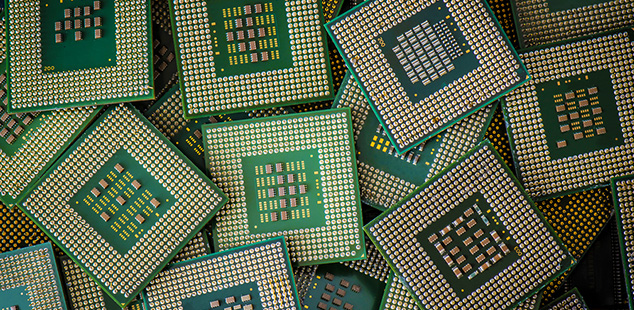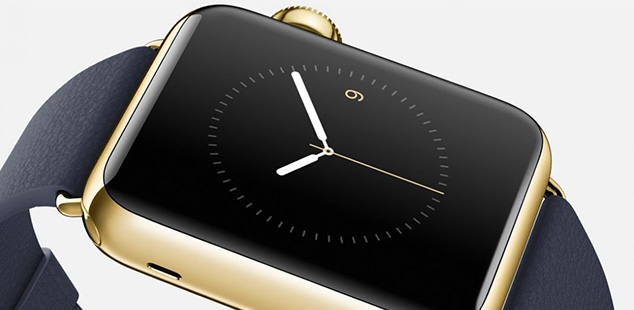
When it comes to precious metals, gold is the frontrunner that never seems to go out demand. In spite of market cycles, there is always a mass of gold buyers 1 and investors who are willing to scoop up this precious metal at the right price.
A Growth in Underlying Demand
There are many reasons why buying gold is such a solid proposition for long-term investors, including growth potential, intrinsic value and physical security. Of course, there has simply never been any metal that matches the allure of gold for use in jewelry and symbols of beauty and status.
But are you aware of the role that increased industrial output 2 plays in the demand for both gold and silver? Both of these precious metals have unique characteristics that make them irreplaceable in certain applications. As more and more uses are identified for more and more consumers, the simple math has analysts projecting that the world will continue to need more of both metals. With the costs of gold mining continuing to rise, the overall effect is for solid upward pressure over the near- and long-term.
To underline the reality of this demand it is only necessary to look at a few of the ways industrial applications put gold to use in increasing quantities:
- Electronics. These include computers, smartphones, GPS, switches and a host of other electronic items manufactured in the tens of millions of units.
- Dentistry. The fact that gold is chemically inert has always made it popular for use by dentists, and many are now returning to gold instead of other alternatives that were popular for the past two decades.
- Medicine. Gold is used as both a treatment and a diagnostic tool in numerous medical conditions.
- Aerospace. Gold is essential in many space environments, and is used for everything from serving as a conductor to a lubricant.
- Glassmaking. Gold is the only option for making some of the industry’s most important products.
These many uses of gold are not inclusive, and do not address the many future uses of gold that are sure to be introduced by scientists and researchers. It is also worth noting that this list does not take into account the demand for gold jewelry and gold investment.
When Gold Marries Apple

What is the impact of a product that has both an industrial and jewelry application—for example, the Apple watch? While the world was impressed with the new Apple watch and its functionality, some savvy buyers of gold were quick to look at another factor. An article in Forbes asks “Could Apple Buy One-Third Of The World’s Gold?” This is a fascinating and thought-provoking question.
The article points out that the Apple Watch Edition is made with an 18-karat gold case. If investors in gold extrapolate that fact against the projected sales of 1 million units per month, starting in the third quarter of 2015, the numbers are stunning. Assuming the use of two troy ounces per watch, the production of this watch could consume approximately 746 metric tons of gold over the next year.
According to the Apple news forum:
“That’s enough gold to make even a Bond villain blush, but just how much is it? About 2,500 metric tons of gold are mined per year. If Apple uses 746 metric tons every year, we’re talking about 30 percent of the world’s annual gold production.”
It’s anybody’s guess if Apple will, in fact, sell 12 million of these special watches. Though, the company does have a habit of actually beating their sales projections.
So, you might say, the future demand for gold is bright, indeed.
Additional Sources:
1 – http://seekingalpha.com/article/1368571-record-demand-lifts-gold-prices-u-s-mint-suspends-sales
2 – http://www.cheatsheet.com/popular/heres-the-long-term-case-for-precious-metals.html/?a=viewall

